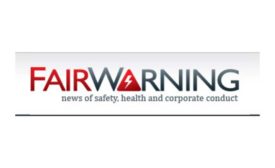News
A FairWarning Story
Job-related falls should be easy to prevent, but workers are still dying in record numbers
April 11, 2019
Company managers indicted for obstructing OSHA investigation
Men threatened to fire workers who didn't change their stories
April 11, 2019
A NIOSH Science Blog post
Construction fall fatalities still highest among all industries: What more can we do?
April 11, 2019
Never miss the latest news and trends driving the safety industry
eNewsletter | Website | eMagazine
JOIN TODAYCopyright ©2024. All Rights Reserved BNP Media.
Design, CMS, Hosting & Web Development :: ePublishing










